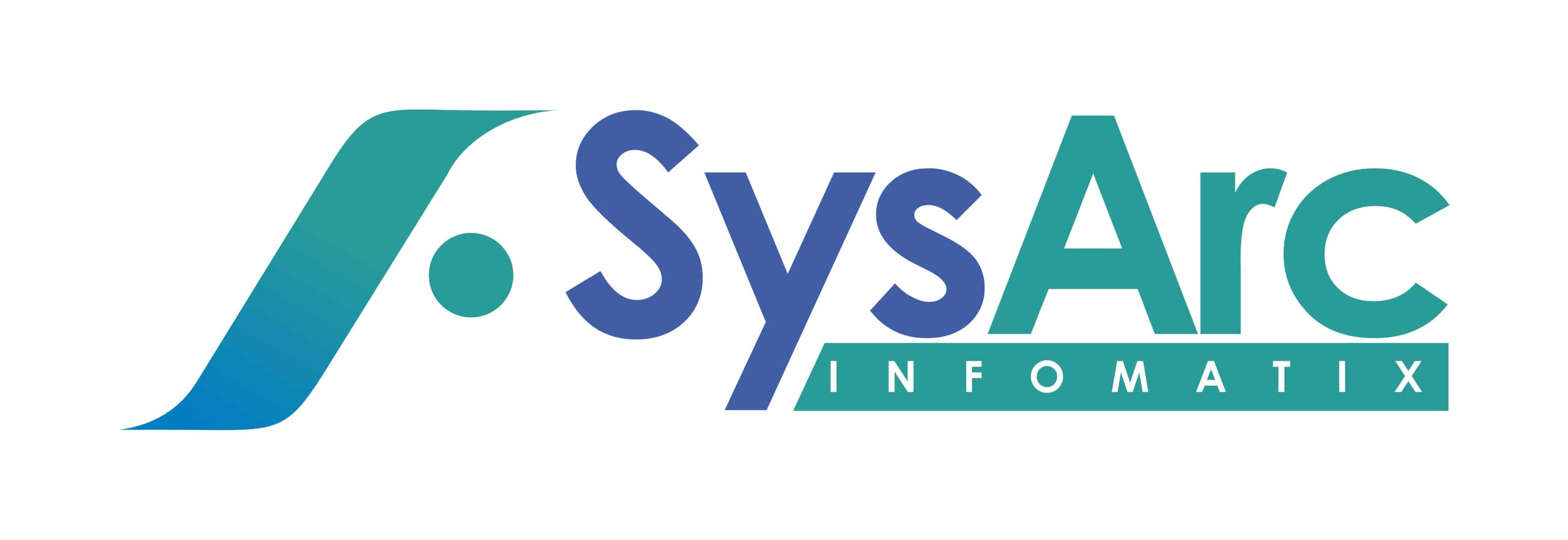Is cryptolending the future?
Remember a few years ago when Bitcoin was all the rage? Everyone thought it was the next big thing. From the obscure geeky past of Bitcoin in 2008, founded by the anonymous Satoshi Nakamoto, the new currency moved through the hype cycle and grew from strength to strength. Bitcoin technology also gave rise to more cryptocurrencies, and entire new micro economies came into being. Coins like Ethereum, Ripple, and Stellar Lumen became far more popular than the original Bitcoin itself.
So, what are these cryptocurrencies used for, and what makes them different from the regular fiat currency that we use on a day-to-day basis? How does this tie in with crypto lending? Let us explain. Cryptocurrencies are assets stored on the blockchain: a network of computers or blocks that store information about your transactions and assets. Definitely not rocket science, blockchain at its core is a distributed ledger system in which there are no secrets, and everyone has a copy of every transaction ever recorded, so that there is a system that rules out mishandling, thefts, and hacking. Neat.
What gives fiat currency its value?
People give money its value. If Person A is willing to take a 100 rupee note in exchange for a good or service he produced, he does it because he knows he can exchange that 100 rupee note with Person B in return for more goods and services. So, if a group of people begin accepting a certain currency in exchange for goods or services, that currency gains value.
This is the same principle by which cryptocurrency operates. After the birth of the Bitcoin, many online sellers began to accept Bitcoin as a valid payment method. Expedia, one of the largest travel agencies, accepts Bitcoin as payment. You can buy games on Microsoft Xbox using Bitcoin. Pizza deliveries, real estate, and jewellery are just a few things you can purchase using Bitcoin.
The most important use of cryptocurrency comes not from its spending, but from its trade.Lending and borrowing digital coins have given rise to ‘cryptolending’, where digital applications like NEXO directly connect the lender and the borrower so cryptocurrency can be exchanged, without any loss of digital assets. Cryptolending completely negates the need for a credit check or a credit score, and even people with bad credit scores can borrow cryptocurrency. However, KYC and collateral are required.
Cryptolending to the fore
Cryptolending has increased more than seven times since March 2020, with the pandemic accelerating digital transactions. It is interesting to note that this uptick in cryptolending has come at a time when central banks and traditional financial institutions are struggling from the effects of the lockdown. While traditional banks saw a dip in lending, cryptolending platforms were able to keep going, with high interest rates and new service innovations. Blockfi, a trade platform that offers loans backed by crypto assets, recently revealed that its balance sheet was ‘stronger than ever’. Blockfi’s margin has expanded and raised interest rates on Bitcoin and Ethereum deposits from April 1st.
It is important to understand that the value of cryptocurrencies, the rates of interest and exchange are all determined completely by the network of computers based on demand and supply, and not fixed by any government. The user’s identity is kept completely anonymous, allowing for new levels of transparency and privacy at the same time.
Why should we track cryptocurrencies?
Today,cryptolending is not strong enough to disrupt the trillions of dollars circulating in the traditional finance system today. In a speech at the London School of Economics, Sir Jon Cuncliffe, the Deputy Governor of the Bank of England said that if a cryptocurrency economy did come to exist, bank lending could possibly dry up. He explained that there is ‘a new wave of technological development that enables transactional use, not of central or commercial bank money, but rather a new form of asset, so-called cryptoassets. With confidence in cryptocurrency rising and people becoming more and more sceptical of traditional banks, banks may face stiff competition with cryptolending in the coming decade.
The CEO of Genesis, a company that mines Bitcoin, said “Obviously the crypto sector is not even a beauty mark right now compared with the banking sector, in terms of the size and maturity. But there is rapid growth in this new market, and it is not just us. There are other companies trying to accomplish similar things.”Swiss cryptolending platform NEXO has already provided loans in over 200 countries, and in more than 45 different currencies.California’s Silvergate Bank announced a new product that allows customers to take out loans using bitcoin as collateral.
American banking major Goldman Sachs hired a new head of digital assets to look at how its assets can be handled with blockchain technology. Brock Pierce, politician, and former actor used a loan from NEXO to finance his $1.2 million house in Amsterdam. Though cryptocurrency and cryptolending may be small and non-threatening, experts around the world agree that blockchain could be the nervous system of a brave new world.

